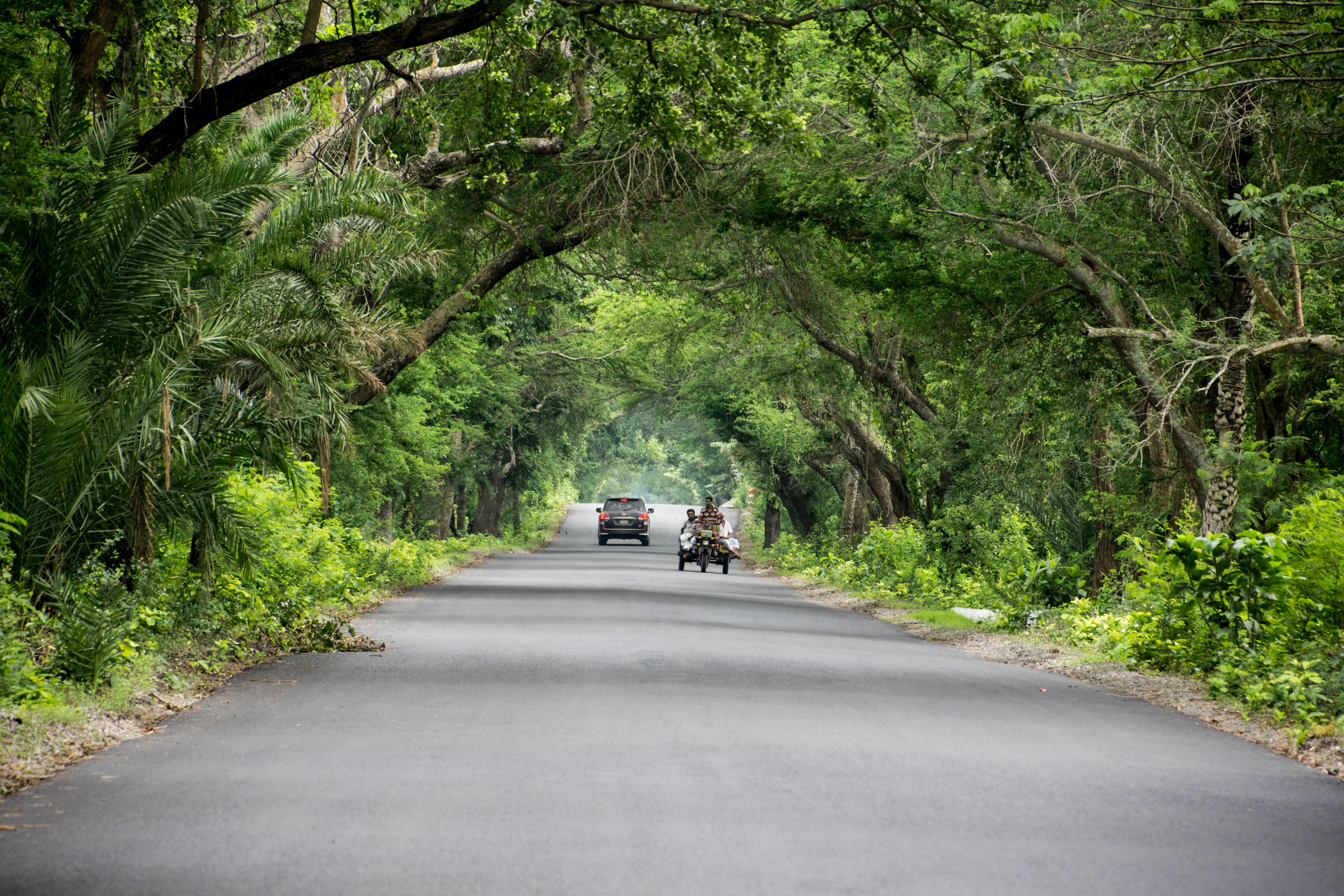
Tranquebar – Footnote History
Express -Tamil Nadu
To lease – Tranquebar, or more correctly Tharangambadi, is located just north of the mouth of the Cauvery, where it empties into the Bay of Bengal on the Coromandel Coast.
Distance – 279 km S of Chennai, travel time by road 6 hours
Road – East Coast Road to Pondicherry via Muttukadu, Mahabalipuram, Sadras and Marakkanam; NH45A to Tranquebar via cuddalore, Alapakkam, Chidambaram and SriKazhi.
When I first visited Tranquebar more than six years ago, I remember being introduced to these solid Danish remains by the sea. I certainly didn’t remember any of that from my history books, and discovering that a relatively unknown group of Norsemen had lived, built and fought here, and left behind this architectural legacy less than six hours from Chennai was a delightful discovery.
Six years ago, Tranquebar was truly a ghost town: abandoned colonial structures in a walled town on the outskirts of a sleepy Tamil village. Nowadays there is a lot of buzz in the place: the buildings have been restored, the visitors have multiplied, the fort seems freshly painted. In fact, on Sunday, with the throngs of hikers and the ice cream man, we might as well have been on a beach in Chennai.
The sleepy town is coming to life as a tourist spot mainly because of the Danes themselves. Deeply interested in this exotic part of their past, they come in droves, gazing at the walls their ancestors built or looking for names in the graveyard. They have a Tranquebar association, which works with the Archaeological Survey of India on renovation projects. Interestingly, his work extends beyond the fortified ‘white’ city into the village as well. A Danish couple owns an old Tamil house here, where they spend a few weeks every summer. The Danish bestseller Foundation has bought and refurbished a set of five traditional houses on Goldsmith Street and an NGO has already rented one of them. Additionally, Delhi-based Neemrana Hotels are renovating as many as three buildings here for use as resorts.
In a somewhat macabre way, the tsunami is also responsible for the wave of development work. Dozens of schools, computer training centers and tailoring classes have sprung up. There are NGO offices everywhere. On my last visit, some two dozen catamarans lay scattered on the beach. Today there are barely three left, lost in the multitude of flashy new fishing boats that have taken over the sand. Meanwhile, the fort and temple ruins have been taken over by picknickers, their voices and plastic wrappers blowing in the sea breeze.
Obviously, what I am seeing is the beginning of the end of the sleepy fishing village. Soon, it could be a full-fledged beach resort, with restaurants serving Manchurian gobi and German bakeries run by Napalese chaps. That should draw the crowds. Today, the only ones who come are lovers of history and solitude, oh yes, and hikers.
Ironically, the beginning of all this was an ingenious fraud. The Danish King Christian IV, tricked by a fortune hunter into starting Ceylon had signed a treaty assigning trading rights to the Danes, sent a convoy to the Indian Ocean. After much chaos, the ships finally ended up at Tarangambadi, or the place of the dancing waves, on the Coromandel Coast. Admiral Ove Giedde, leader of the expedition, negotiated a trade agreement with Raghunatha Nayak, King of Tanjore and laid the foundation for this Danish outpost in the early 17th century. Sold in 1845 to the British, it continued its long commercial tradition and now, of course, it is beginning to be occupied by travellers, the new colonialists.
Fortunately, unlike many heritage buildings that end up in the middle of a city, with accompanying filth and itinerant residents, Tranquebar is miraculously isolated and spectacularly located. Therefore, it is easier to work with him. Share this stretch of the Coromandel with places like Pondicherry, Karaikal, Poompuhar and Chidambaram, all brimming with history and culture. Perhaps what we are seeing is the beginning of a new awareness of the rich heritage that this stretch of coastline has, and hopefully some sensible display. The beginning seems auspicious enough. Neemrana Resorts has done a painstaking and tasteful job of restoring the old collector’s bungalow.